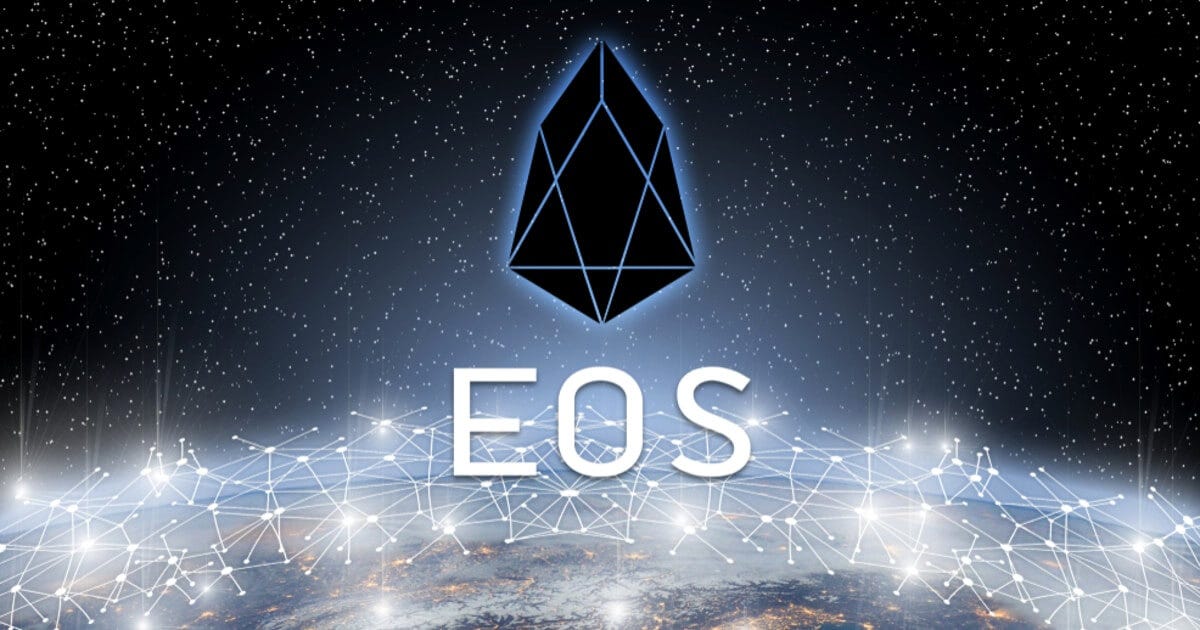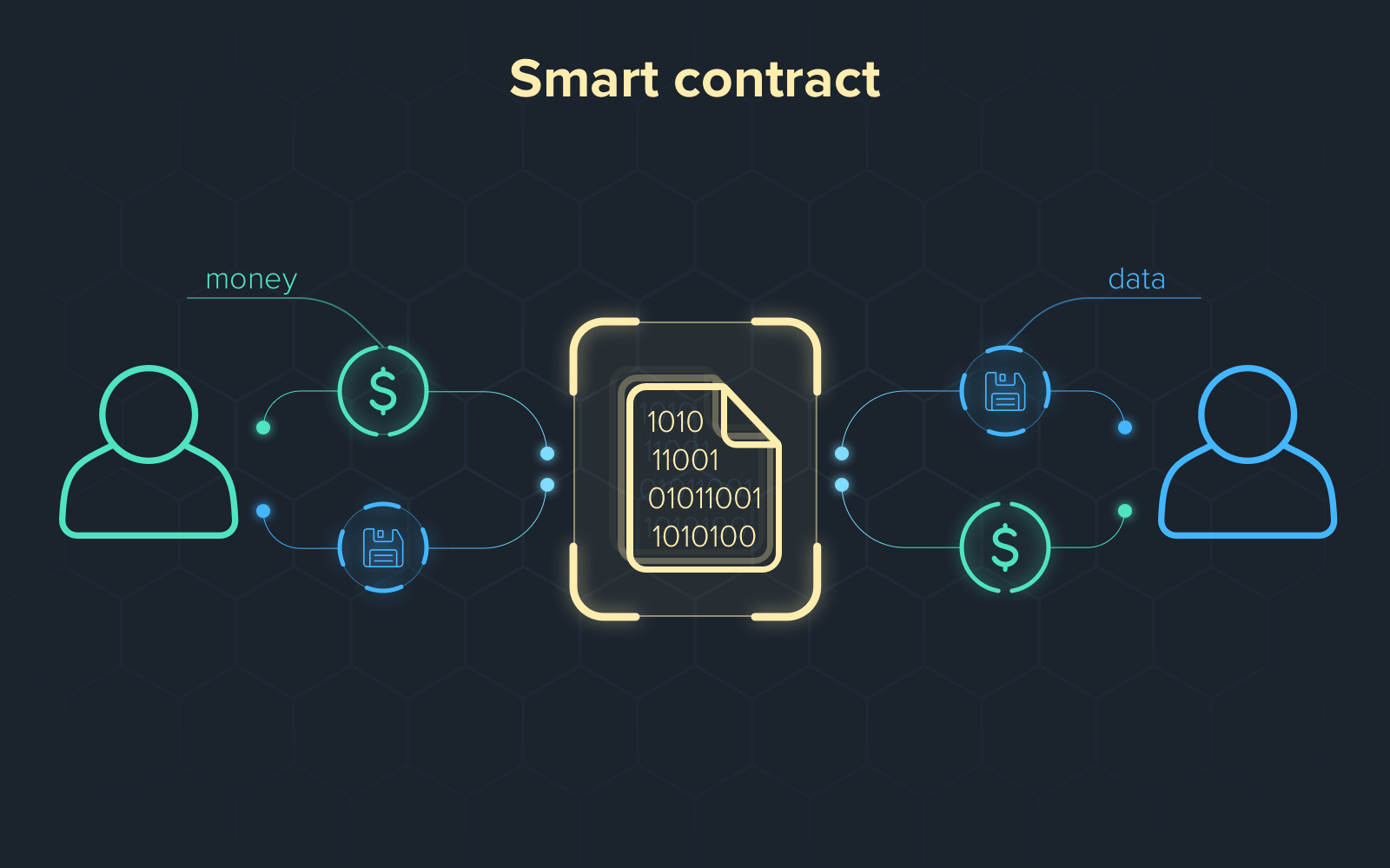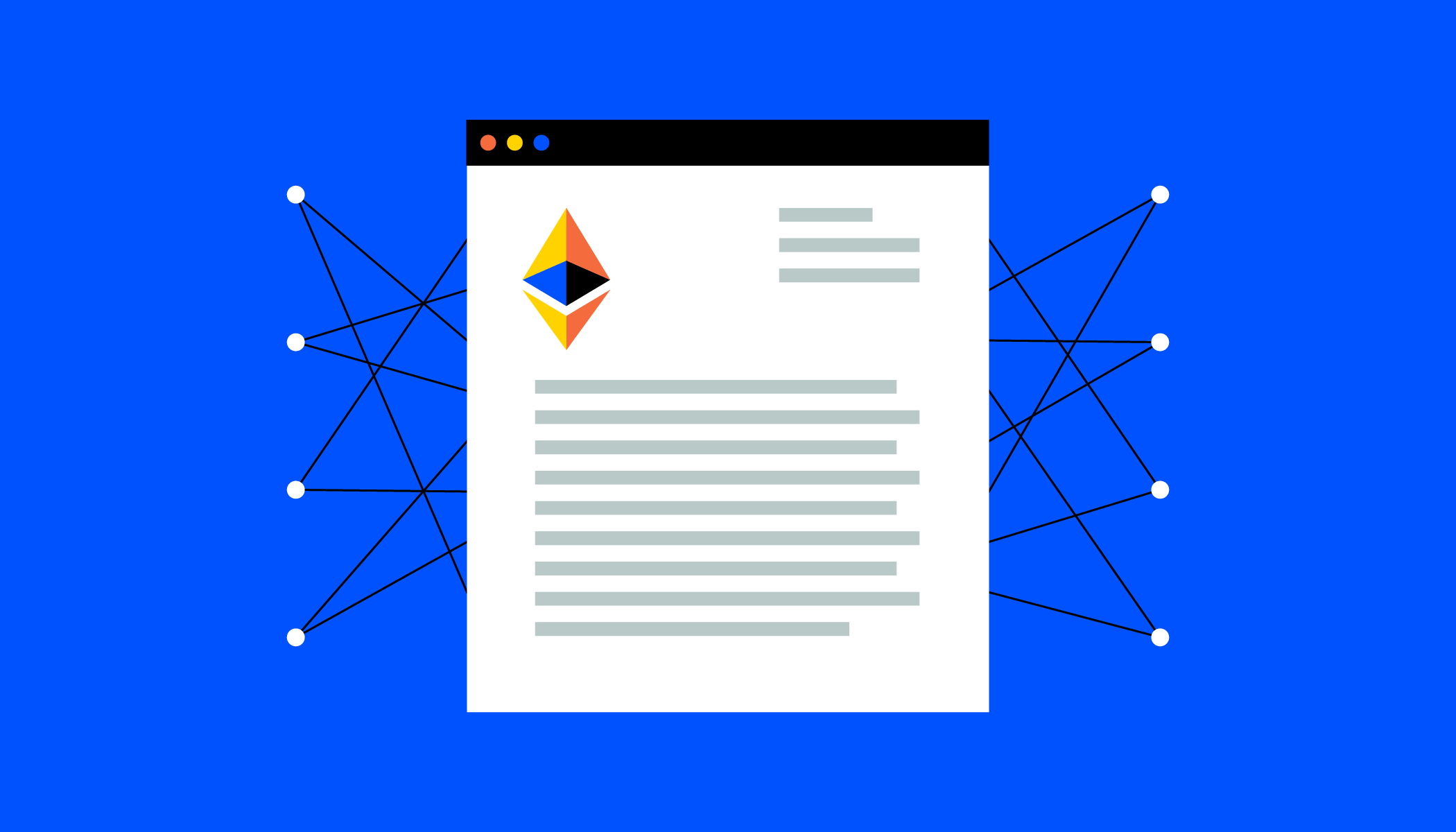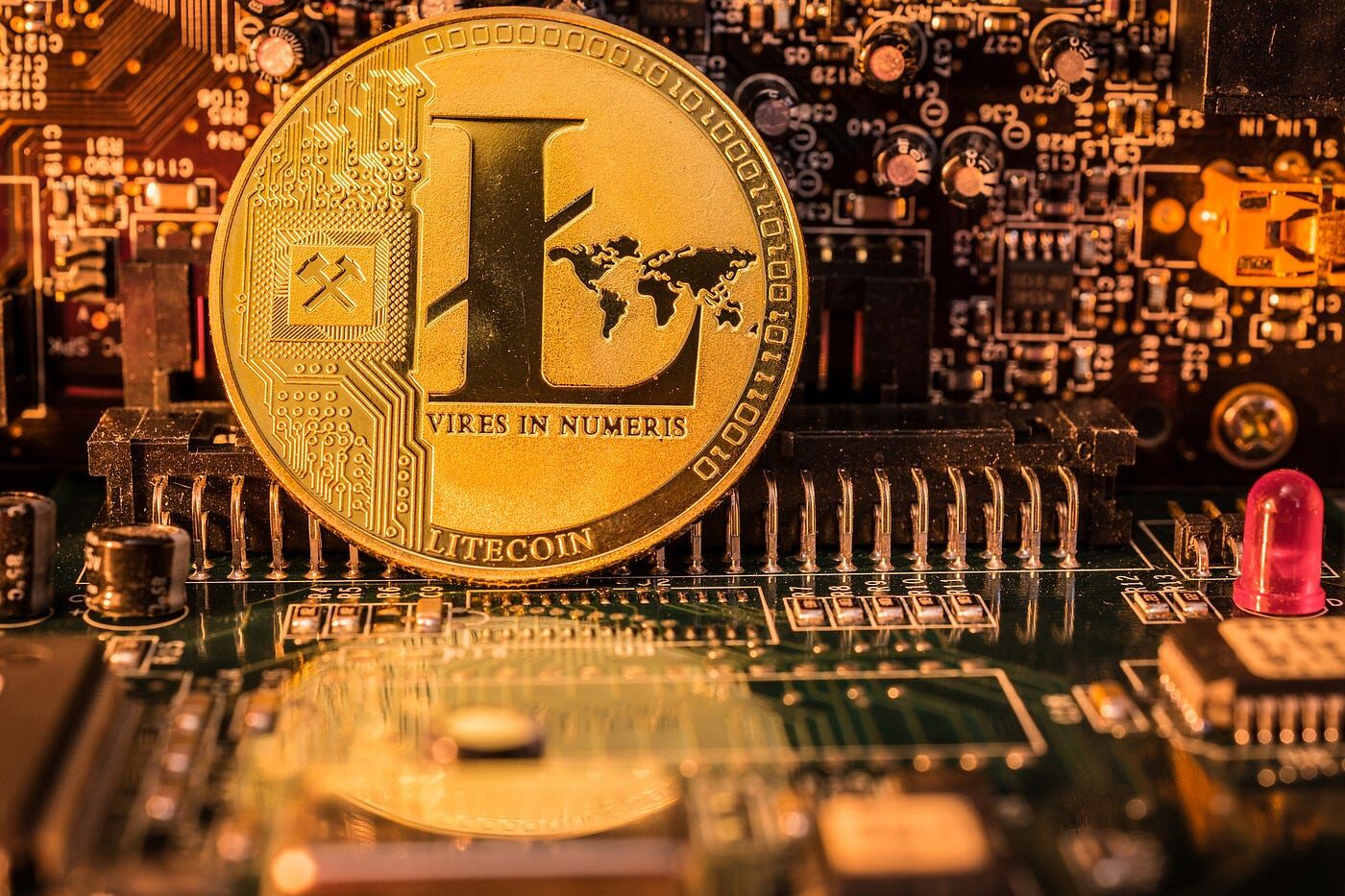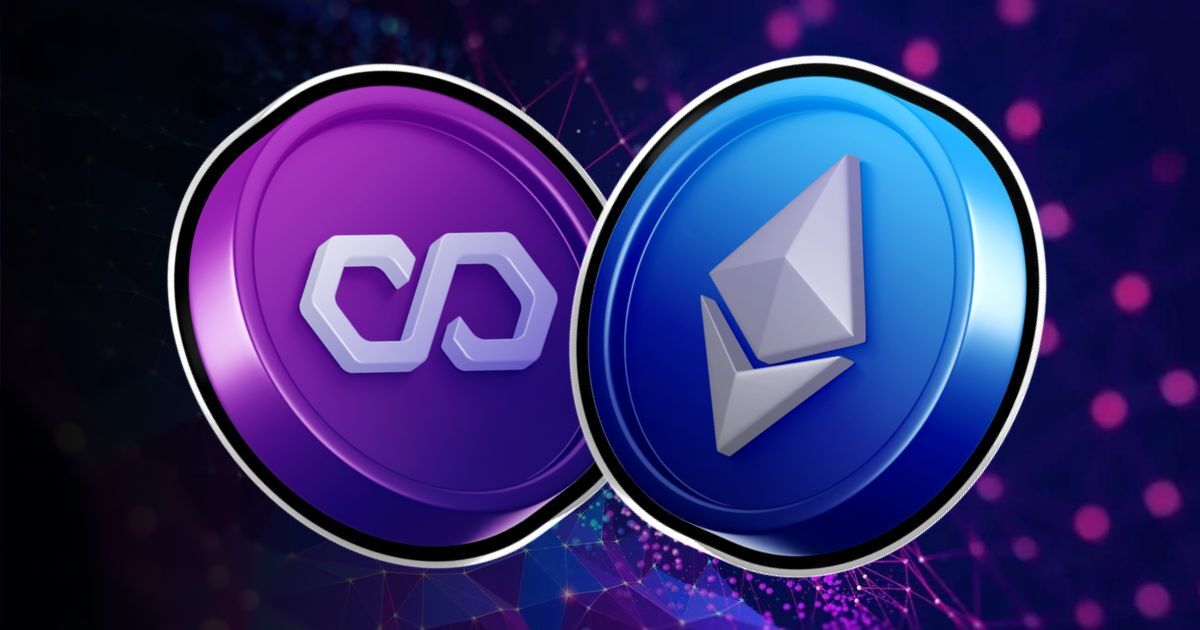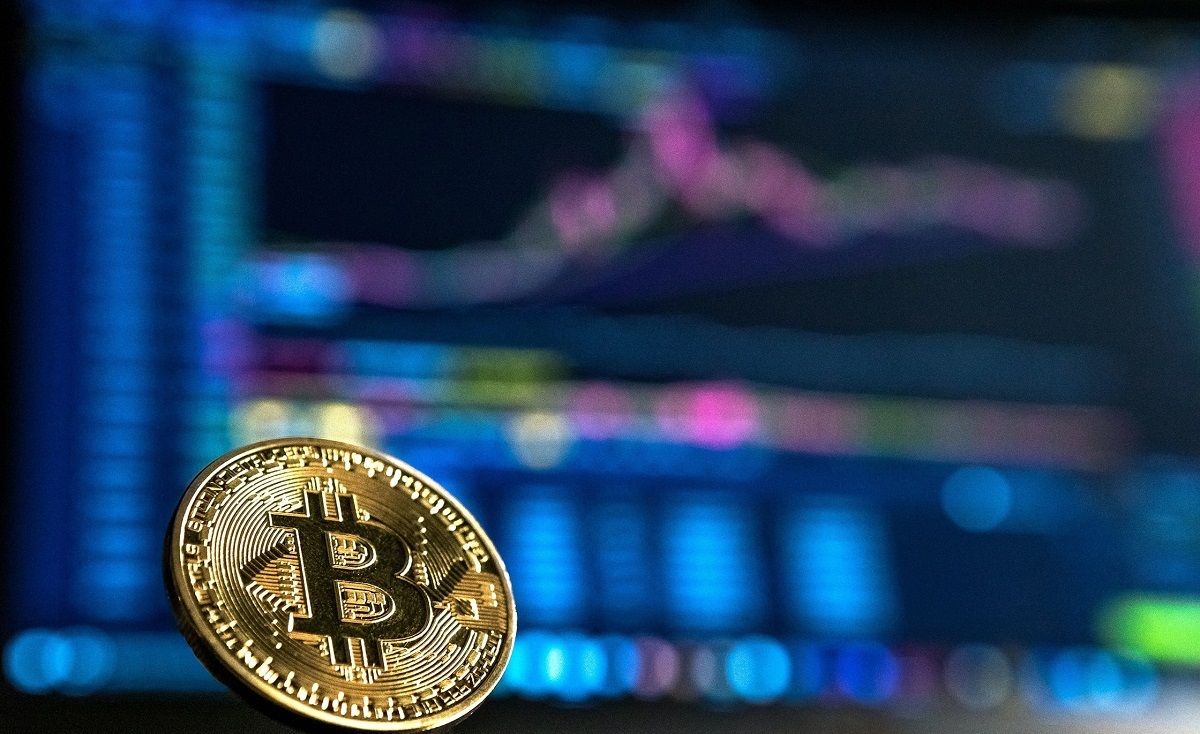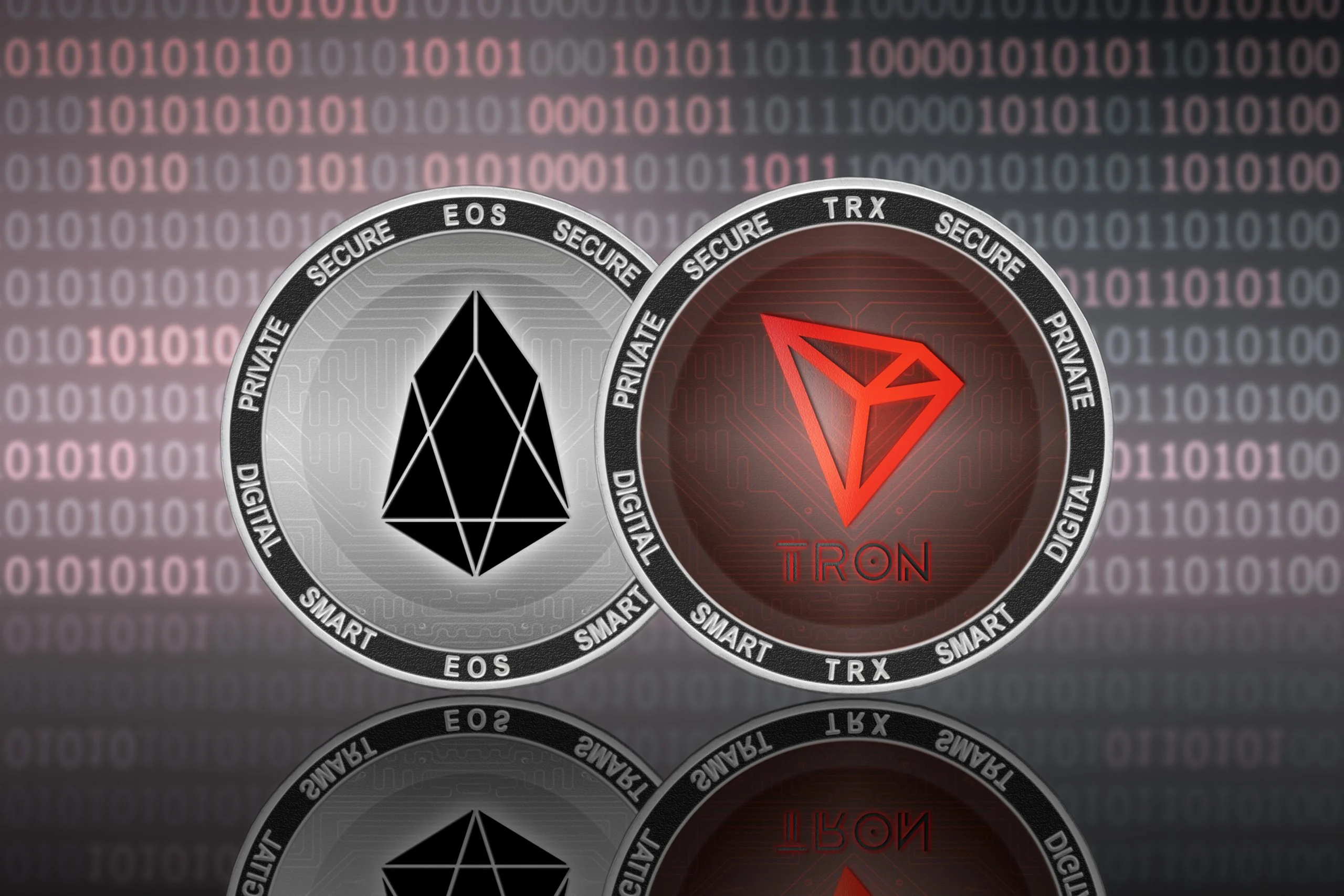Introduction
Docker is a powerful tool that allows developers to package applications along with their dependencies into containers, ensuring consistent and reliable deployments across different environments. In the world of blockchain development, where smart contracts play a crucial role, Docker can greatly simplify the process of building and deploying contracts to the mainnet.
In this tutorial, we will explore how to use the Docker image eos-Dev for building smart contracts and deploying them to the mainnet. By leveraging the power of Docker, we can eliminate many of the installation and configuration hurdles that often come with smart contract development.
By following the steps outlined in this tutorial, you will learn how to set up Docker, pull the eos-Dev image, create a Docker container, and build your smart contracts in a consistent and reliable manner. This will allow you to focus more on the development process and less on the complexities of setting up your environment.
Whether you are a seasoned blockchain developer or just starting in the world of smart contracts, this tutorial will provide you with a straightforward and efficient way to build and deploy your contracts to the mainnet. So, let’s dive in and get started with Dockerizing your smart contract development process!
Prerequisites
Before diving into the process of using the eos-Dev Docker image for building smart contracts on the mainnet, there are a few prerequisites that you need to have in place. Ensuring that you have the following components will help you smoothly follow along with this tutorial:
1. Docker: Make sure that you have Docker installed on your system. Docker is compatible with all major operating systems, including Windows, macOS, and Linux. You can download and install Docker by visiting the official Docker website and following the installation instructions for your specific operating system.
2. Basic knowledge of Docker: Familiarity with Docker concepts and commands will be beneficial, but it is not mandatory. We will cover all the necessary Docker commands throughout this tutorial, so you can learn as you go along.
3. Smart contract development knowledge: It is assumed that you have a basic understanding of smart contract development. Familiarity with smart contract languages, such as Solidity or EOSIO C++, will help you better grasp the concepts covered in this tutorial.
With these prerequisites in place, you are ready to proceed with using the eos-Dev Docker image for building smart contracts on the mainnet. Docker will be a fundamental tool in this process, providing a consistent development environment that eliminates the need for manual installations and configurations.
Once you have Docker installed and some knowledge of smart contract development, you can move on to the next steps, which involve pulling the eos-Dev Docker image and setting up the Docker container for development.
Step 1: Installing Docker
Before we can begin using the eos-Dev Docker image for building smart contracts on the mainnet, we need to install Docker on our system. Here is a step-by-step guide to help you install Docker:
1. Visit the official Docker website (https://www.docker.com/) and navigate to the “Get Docker” section.
2. From the “Get Docker” page, choose the appropriate version of Docker for your operating system. Docker provides installation packages for Windows, macOS, and various Linux distributions.
3. Follow the installation instructions specific to your operating system. Docker provides easy-to-follow installation guides and packages that automate most of the process.
4. Once the installation is complete, you can verify if Docker is successfully installed by opening a command-line interface (such as Terminal for macOS or PowerShell for Windows) and running the following command:
$ docker versionThis command will display the Docker version if it is installed correctly on your system.
Congratulations! You have successfully installed Docker on your machine. Now you can move on to the next step, which involves pulling the eos-Dev Docker image for building smart contracts.
Note that Docker provides extensive documentation and support resources, so if you encounter any issues during the installation process, you can refer to the official Docker documentation or seek assistance from the Docker community.
Step 2: Pulling the eos-Dev Docker Image
Now that Docker is installed on your system, the next step is to pull the eos-Dev Docker image. This image contains all the necessary tools and dependencies for building smart contracts on the mainnet. Follow the steps below to pull the eos-Dev Docker image:
1. Open a command-line interface (Terminal, PowerShell, or Command Prompt) on your system.
2. Run the following command to pull the eos-Dev Docker image from the Docker Hub:
$ docker pull eoscanada/eos-devThis command will download the eos-Dev Docker image to your local machine. Depending on your internet connection, this process may take a few minutes.
3. Once the image is successfully pulled, you can verify its presence on your system by running the following command:
$ docker imagesThis command will display a list of Docker images on your system, including the eos-Dev image. Ensure that the eos-Dev image is listed in the output.
Congratulations! You have successfully pulled the eos-Dev Docker image. This image contains all the necessary tools, libraries, and configurations you need for building smart contracts on the mainnet. In the next step, we will set up a Docker container using this image.
If you encounter any issues while pulling the eos-Dev Docker image, make sure you have a stable internet connection and sufficient disk space available. You can also refer to the official Docker documentation or seek help from the Docker community for further assistance.
Step 3: Setting up the Docker Container
With the eos-Dev Docker image successfully pulled, we can now proceed to set up a Docker container for our smart contract development. A Docker container is an isolated environment that contains all the necessary dependencies and configurations, allowing us to build and run our smart contracts in a consistent and reproducible manner. Follow the steps below to set up the Docker container:
1. Open a command-line interface and run the following command to create a new Docker container using the eos-Dev image:
$ docker run --name eos-dev-container -it -v <host_contracts_directory>:/contracts eoscanada/eos-devReplace <host_contracts_directory> with the path to the directory on your host machine where you want to store your smart contract files.
2. After running the above command, you will be inside the Docker container’s shell. You should see a prompt similar to the following:
root@<container_id>:/#3. Verify that the directory mapping is successful by running the following command:
$ ls /contractsThis command should display the contents of your host machine’s directory that you mapped to the container.
Congratulations! You have successfully set up the Docker container for smart contract development. The container is now ready to build and deploy your contracts to the mainnet. In the next step, we will explore the process of building smart contracts using the eos-Dev Docker container.
If you encounter any issues while setting up the Docker container, make sure you have correctly specified the directory path and ensure that you have necessary permissions. Additionally, you can refer to the official Docker documentation or seek help from the Docker community for further assistance.
Step 4: Building Smart Contracts
Now that we have the Docker container set up, we can proceed with building smart contracts using the eos-Dev image. The eos-Dev image provides all the necessary tools and libraries, making the process of building contracts seamless and efficient. Follow the steps below to build your smart contracts:
1. Inside the Docker container’s shell, navigate to the contracts directory by running the following command:
$ cd /contracts2. Place your smart contract files (typically written in Solidity or EOSIO C++) inside this contracts directory. You can copy your contract files from your host machine to the Docker container using the appropriate file transfer commands.
3. Once your contract files are in the contracts directory, you can build them using the compiler or toolchain of your choice. For example, if you are using the EOSIO toolchain, you can run the following command to build your contract:
$ eosio-cpp -o <contract_name.wasm> <contract_name.cpp> --abigenReplace <contract_name.wasm> and <contract_name.cpp> with the actual names of your contract files. This command will compile your contract source file into a WebAssembly binary file (.wasm) and generate the corresponding ABI file for your contract.
4. After the build process is complete, your contract artifacts (the .wasm and .abi files) will be available in the contracts directory. You can use these artifacts to deploy your contract to the mainnet or testnet.
Congratulations! You have successfully built your smart contracts using the eos-Dev Docker container. The Docker container provides a consistent and isolated environment, ensuring that your contracts are built with the correct dependencies and configurations. In the next step, we will explore how to deploy your contracts to the mainnet.
If you encounter any issues during the contract building process, double-check that your contract files are in the correct directory and that the compiler or toolchain is properly installed in the eos-Dev image. Additionally, you can refer to the official documentation of the compiler or seek help from the respective development communities for further assistance.
Step 5: Deploying the Contract to the Mainnet
Once your smart contract is built and you are satisfied with its functionality, the final step is to deploy the contract to the mainnet. Deploying a contract to the mainnet involves interacting with a network of blockchain nodes and broadcasting the contract’s transaction to be included in the blockchain. Follow the steps below to deploy your contract to the mainnet:
1. Ensure that you have an active EOSIO account on the mainnet. This account will be used to deploy the contract and interact with it. If you don’t have an account yet, you will need to create one by following the account creation process specified by the EOSIO network you are targeting.
2. Inside the Docker container’s shell, navigate to the contracts directory that contains your contract artifacts.
3. Use the EOSIO tools or libraries to deploy your contract to the mainnet. The exact steps and commands for deploying contracts may vary depending on the tools and frameworks you are using. However, the general process involves creating a transaction, signing it with the private key of the deploying account, and broadcasting the transaction to the mainnet using a network API.
4. After the contract deployment transaction is successfully broadcasted, you can verify its deployment by checking the transaction status on a blockchain explorer or querying the contract’s availability using the EOSIO API.
Congratulations! You have successfully deployed your smart contract to the mainnet using the eos-Dev Docker container. By leveraging the power of Docker and the eos-Dev image, you have simplified the process of deploying contracts and ensured a consistent deployment environment.
Remember to properly manage your deployment accounts and keep your private keys secure to maintain the integrity of your contracts on the mainnet. Additionally, it is recommended to thoroughly test your contract before deployment to detect and address any potential issues.
If you encounter any issues during the contract deployment process, double-check that you have an active account on the mainnet and that your transaction is properly signed and broadcasted. Additionally, refer to the documentation of the tools and frameworks you are using for further guidance or seek help from the respective development communities.
Conclusion
In this tutorial, we have explored the process of using the eos-Dev Docker image for building smart contracts and deploying them to the mainnet. Docker provides a powerful solution for creating isolated environments and simplifying the development and deployment process. By leveraging Docker and the eos-Dev image, you can ensure consistent and reliable smart contract deployments across different environments.
We started by setting up Docker on our system and then pulled the eos-Dev Docker image, which contains all the necessary tools and dependencies for building smart contracts. We then proceeded to set up a Docker container, creating an isolated environment for our smart contract development. With our container ready, we built our smart contracts using the tools and frameworks of our choice.
Finally, we explored the process of deploying the contract to the mainnet, using transaction creation, signing, and broadcasting techniques. Once the contract was successfully deployed, it became available for interaction on the blockchain.
By using Docker for smart contract development, you can easily share your development environment with other developers, ensuring consistent results across different machines. Docker also provides scalability, as you can easily spin up multiple containers for parallel development or testing.
Remember to regularly update your eos-Dev Docker image to ensure that you have the latest software versions and security patches. Additionally, keep the best practices of smart contract development in mind and thoroughly test your contracts before deploying them to the mainnet to avoid potential security vulnerabilities or issues.
With the knowledge gained from this tutorial, you are now equipped to streamline your smart contract development process using Docker and the eos-Dev image. So go ahead and start building amazing smart contracts for the mainnet with confidence and efficiency!







